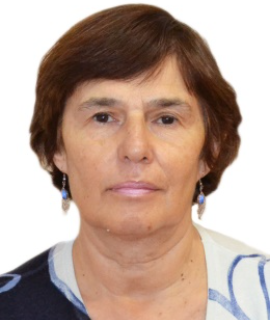Title : The deep-sea terrigenous and biogenic calcareous contourites as records of the Neogene-Quaternary bottom water circulation in the Western South Atlantic
Abstract:
During the last ~ 30 - 40 years, it appeared clear that pelagic and lateral (gravity-driven) sedimentation in the oceans and seas is strongly supplemented by the sediment erosion, transport and accumulation due to the bottom currents activity, so-called contourite sedimentation. In this context, the oceanic gateways like the Vema Channel attract an increasing interest of paleoceanographers. The present study is aimed to address past variations in the contourite sedimentation and notably the impact of Lower Circumpolar Deep Water (LCDW)/Antarctic Bottom Water (AABW) passing through the Vema gateway on erosion and accumulation of deep-sea sediments in the SW Atlantic. A high-resolution sub-bottom (seismoacoustic) profiling and a multidisciplinary study are applied to investigate several contourite drifts of different types and sizes identified to the west and northeast of the Vema Channel. We examined lithology, grain-size (including sortable silt) distribution, biostratigraphy, magnetic susceptibility (MS), color reflectance, X-ray fluorescence (XRF) from fourteen sediment cores with biogenic calcareous and terrigenous contourites, and carried out AMS-14C dating. Our data show that the temporary intensification of the LCDW/AABW flow, likely due to an increased production in the Weddell Sea, led to deep erosion ultimately resulting in long-term hiatuses and hence contributing to the enormously compressed Upper Pliocene–Middle Pleistocene section of the Ioffe Drift, a large calcareous contourite body discovered to the northeast of the Vema Channel. To the west of the channel, the contourite origin of generally silty terrigenous sediments in the Santa Catarina Plateau – São Paulo Plateau area is ascertained by both morpho-seismic (occurrence of sediment waves) and sedimentary characteristics. Therefore, our new findings shed light on the bottom current contribution to the Pliocene-Pleistocene sedimentation in the large pelagic realm of the Western South Atlantic. This presentation is supported the Russian Science Foundation grant 22-27-00421.


